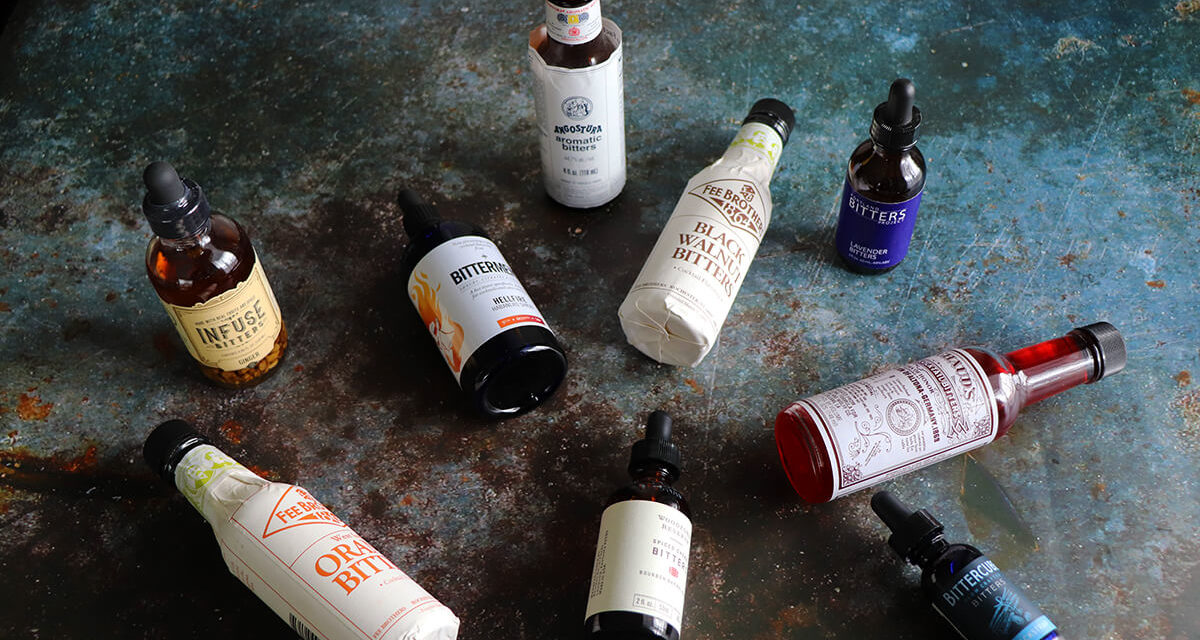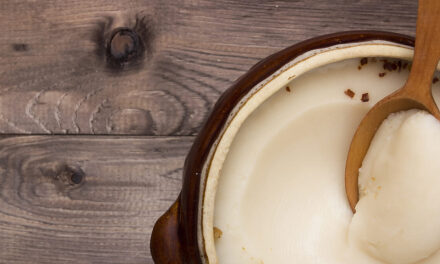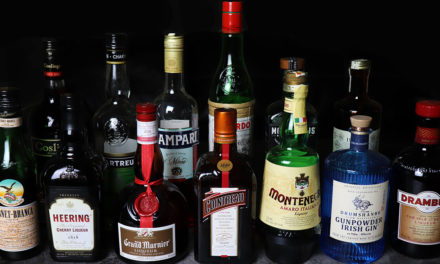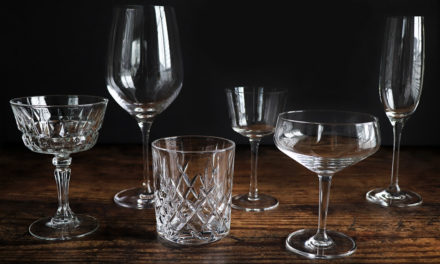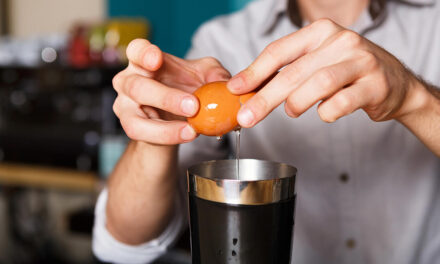Of all of the elements that work together in a cocktail to make it sing, bitters are the most mysterious. The name can be off-putting, the purpose cryptic. Even the tiny bottles that most bitters come in look like puzzlingly little potions, though this is fitting because of the magic they add to some of our favorite cocktails. Though bitters can be mysterious, once you understand the basics and what they do for your cocktail, adding a dash or two of these curious bottles will elevate the combined ingredients into a cocktail that is far greater than the sum of its parts. Below we break it down for you.
How Bitters Are Made

The process for creating bitters is fairly straightforward, though every brand has a secret or two that makes their product unique. The first step sees the base ingredients, which can include botanicals, herbs, spices, barks, and roots, blended with high-proof alcohol. This is then broken down during a maceration process that blends them all together. The flavors become robustly concentrated as they are strained, pressed, and then filtered before bottling. The process can take up to a month, but the end result is a potent potable that is essential for adding depth and complexity to a wide variety of cocktails.
The History of Bitters
The history of Bitters spans centuries across numerous cultures, and their existence precedes that of the cocktail. As with many ingredients found behind the bar, their original purpose was medicinal. Everyone from herbalists to snake oil salesmen touted the strength of bitters to cure everything from gout to plague, and many ailments in between. It was a commonly prescribed tincture throughout the 18th and 19th centuries, and a fixture in every home. While we don’t like your odds of using bitters to battle the Black Death, it is telling that bitters have long been relied upon in many countries for apéritifs and digestifs to ward off heartburn and ease digestion of heavy foods.
A Tale of Two Bitters: Lifting & Binding
Let’s talk about the basics of bitters. There are two fundamental categories of bitters that each serve a different purpose: lifting bitters and binding bitters. Bitters are often described as doing for a cocktail what salt and pepper do for cooking, and that’s a good frame of reference for how lifting and binding bitters work, respectively.
Lifting Bitters
Lifting bitters are simple, usually comprising one or two distinctive ingredients, and they are a noticeable addition to the cocktail. Like adding nutmeg or sage to a recipe, the presence of a lifting bitter is unmistakable. Examples of flavors used in lifting bitters include coffee, anise, molasses, and even smoke.
Binding Bitters
Binding bitters are another story, and one that you’re probably more familiar with. Blended into the cocktail as a composite, the binding bitters’ work takes place behind the scenes and someone new to mixology might not even know it’s there. But binding bitters play an invaluable role by rounding out the flavors of the other ingredients and giving the cocktail a seamless finish.
Ripe with aromatics, heavy-hitting brands like Angostura and Peychaud’s are synonymous with cocktails like Old Fashioneds, Sazeracs, and Manhattans, as well as a variety of champagne cocktails, which bloom beautifully with a dash of orange bitters and other citrus flavors. In the past two decades, many artisanal brands have also entered the market, incorporating flavors like fennel pollen, cherry bark, chocolate, and rhubarb for a modern twist.
Flavors:
With the range of flavors that bitters can come in, it’s no wonder their flavors appease any palate. There are a number of flavor profiles used to classify bitters, ranging from the headiness of woodland bark to the bright sweetness of citrus to more mellow herbal and floral flavors. Each profile pairs well with different types of base spirits, and it’s good to know which pairings are better than Carol Baskins and her husband.
Spicy bitters, for instance, bring out the best in tequila and mezcal, while celery bitters enhance the flavor of vodka to give Bloody Marys their signature kick. The aforementioned aromatics are wonderful with rum and whiskey, which also pairs well with floral and herbaceous bitters, which can contain notes of dandelion root, hibiscus, and jasmine.
In short, bitters are the best, and now we know why. It is worth your time to sample a variety of them and explore the possibilities. Getting the most out of bitters may require a bit of experimentation and some guidance, but have no fear. We’re here to help.
Bitters by Flavor Profile
Aromatic
Floral
Earthy
Spicy
Citrus
- Pink House Alchemy Grapefruit
- Scrappy’s Grapefruit
- Bittermens Hopped Grapefruit
- Hella Bitters Citrus
- Fee Brothers Grapefruit
- Bittercube Jamaican #2
Fruity
Chocolate & Mole
How To Use Bitters in Cocktails

Measured in dashes, spritzes, and droplets (an eye-dropper is a common tool of the trade), when it comes to bitters, a little goes a long way. One thing to note is that a “dash” of bitters is not the same as a drop, in fact, it is closer to 6-8 drops. To add a dash of bitters to a cocktail, you’ll want to hold the bottle at an angle, then give it a hard, quick flick to push the liquid out in a fast burst. This method will work for most cocktails, but for a more precise measurement, you can instead put the bitters into a dropper bottle and drop in one at a time.

